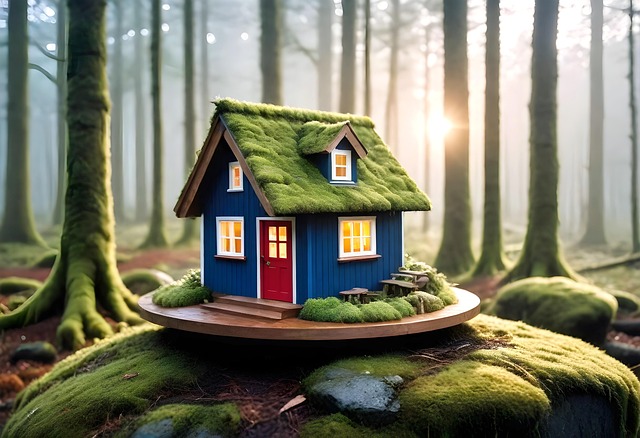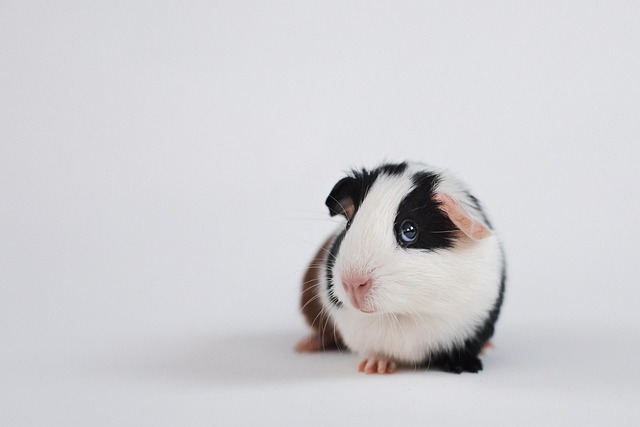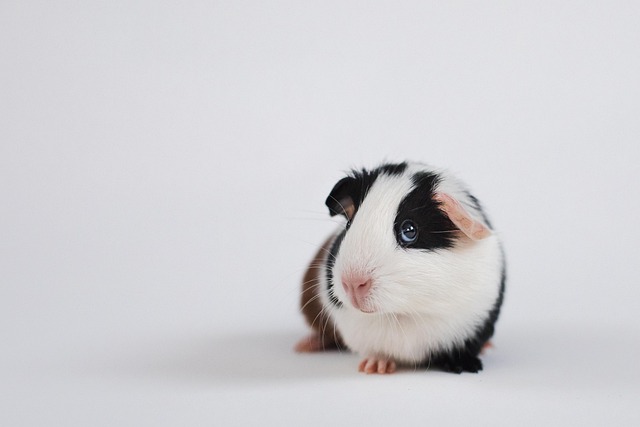In real estate, maximizing space is crucial, especially in urban areas where land is scarce. Architects and designers can turn constraints like narrow rooms into creative opportunities by strategically placing furniture, utilizing walls for storage, and incorporating multi-functional pieces. This transforms tight spaces into cozy, efficient areas catering to modern lifestyles while enhancing aesthetics and creating a sense of openness. In premium urban real estate, innovative design solutions such as built-in shelves, multifunctional furniture, and repurposing can help optimize limited space, making every inch of the living environment useful and comfortable.
In today’s competitive real estate market, maximizing every square foot is crucial. Creative design offers a game-changer for homeowners and renters facing space constraints. This article explores innovative strategies to transform challenging layouts into optimized living spaces. From multi-functional furniture to smart home technology, we uncover practical solutions that enhance perceived space while fostering sustainable and aesthetically pleasing environments. Discover how thoughtful planning, natural light, and color can make small spaces feel grand, all while leveraging the latest trends in real estate.
Understanding Space Constraints in Real Estate

In the realm of real estate, understanding space constraints is paramount for maximizing living or working areas. Properties often come with limited floor plans, narrow rooms, or unusual layouts that can pose creative design challenges. However, these constraints also offer opportunities to think outside the box and develop innovative solutions. Architects and designers have a range of tools at their disposal, from smart furniture placement to multi-functional spaces, to address these issues.
By carefully considering every inch of available space, professionals can create vibrant, efficient environments that cater to modern lifestyles. In terms of real estate, this means transforming tight nooks into cozy reading corners, utilizing walls for storage, and incorporating versatile pieces that adapt to various needs. These strategies not only enhance the overall aesthetic appeal but also ensure a sense of openness and comfort within confined spaces.
– Identifying challenges in maximizing space

Maximizing space is a key consideration in real estate, especially in urban areas where land is scarce. Common challenges include compact living spaces and limited outdoor areas. For apartments and condos, efficient design can transform narrow corridors into functional storage solutions and open concept layouts that maximize natural light and living area. In smaller homes, creative use of vertical space becomes crucial—from lofted bedrooms to multi-functional rooms with built-in beds or desks.
Outdoor spaces also present opportunities for maximization. Vertical gardening, the use of hanging plants and green walls, can add greenery without taking up precious floor area. Patios and decks can be extended with modular furniture that easily expands or contracts based on need. Even small balconies can become cozy retreats with strategic placement of seating, outdoor lighting, and potted plants.
– Common issues faced by homeowners and renters

Many homeowners and renters struggle with optimizing their living spaces, especially in urban areas where real estate is premium. Common challenges include limited square footage, awkward layouts, or outdated designs that fail to maximize functionality. Small apartments or cramped homes often lead to clutter, making it difficult to find a place for everything, let alone enjoy the space.
Creative design solutions are key to overcoming these issues. By incorporating clever storage ideas, such as built-in shelves, multifunctional furniture, and innovative dividing screens, spaces can feel more open and inviting. Repurposing and upcycling existing items can also add character while saving money on expensive renovations. In the world of real estate, it’s about transforming constraints into opportunities, ensuring that every inch is utilized effectively to create a comfortable and organized living environment.






